12 Best Mendix Alternatives in 2025

- Understanding Mendix and the Need for Alternatives
- Key Considerations When Evaluating Mendix Alternatives
- Swift – No-Code, Multi-Cloud ERP & App Automation
- Creatio – Great for CRM & Workflow Automation
- Appian – Best for Business Process Management
- OutSystems – Powerful for Professional Developers
- Pega – Focused on Digital Process Automation
- Zoho Creator – Affordable Low-Code Development
- Oracle APEX – Best for SQL-Driven Development
- Microsoft Power Apps – Seamless Integration with Microsoft Tools
- ServiceNow – Excellent for IT Service Management
- Salesforce Lightning – Best for CRM Solutions
- Unqork – Leading No-Code Platform for Regulated Industries
- Kissflow – Simple Workflow Automation
- Why Swift is the Best Mendix Alternative in 2025
- Choose Swift for a Future-Proof Solution
Seamless Workflow Automation, Mobility, and Process Monitoring
In 2025, the demand for faster, more efficient application development has skyrocketed, making low-code and no-code platforms essential for businesses worldwide. Mendix, long recognized for its low-code capabilities, has been a go-to solution for many. However, as the need for more flexibility, seamless integrations, and user-friendly interfaces grows, companies are beginning to seek out alternatives that can better serve their diverse needs.
Understanding Mendix and the Need for Alternatives
Mendix is a cloud-based low-code application development platform that enables organizations to build, deploy, and manage web and mobile applications efficiently. It offers a visual development environment, facilitating collaboration between business users and IT professionals. Mendix supports the entire software development lifecycle, from initial design to deployment and maintenance.
Despite its strengths, some businesses seek alternatives to Mendix due to various reasons:
- Complexity for Non-Technical Users: Mendix’s learning curve can be steep for those without a technical background, making it challenging for non-developers to fully leverage the platform.
- Cost and Pricing Model Limitations: The pricing structure may not align with the budgets of all organizations, especially smaller enterprises or startups.
- Industry-Specific Limitations: Certain industries may require specialized features or compliance standards that Mendix doesn’t fully address.
- Integration Challenges: Integrating Mendix with existing systems and third-party tools can be complex, potentially hindering seamless workflows.
Key Considerations When Evaluating Mendix Alternatives
When exploring alternatives to Mendix, consider the following factors:
- Ease of Use: The platform should be intuitive and accessible to both technical and non-technical users.
- Customization and Flexibility: It should offer the ability to tailor applications to specific business needs without extensive coding.
- Integration Capabilities: The platform must seamlessly integrate with existing systems and a wide range of third-party tools.
- Governance and Security Features: Robust governance and security measures are essential to protect sensitive data and ensure compliance.
- Pricing Transparency: Clear and flexible pricing models that align with the organization’s budget and scale are crucial.
1. Swift – No-Code, Multi-Cloud ERP & App Automation
When it comes to low-code development, Swift is in a league of its own. Offering a perfect balance of simplicity, flexibility, and scalability, Swift empowers both technical and non-technical users to create robust applications quickly. Unlike Mendix, Swift doesn’t just focus on creating applications—it’s built for end-to-end business automation, AI-driven development, and seamless integrations with your existing tech stack.
With Swift, you can rapidly design, deploy, and scale applications that drive business outcomes, from improving workflows to enhancing customer experiences. It combines the best features of low-code and no-code platforms with cutting-edge AI capabilities, allowing businesses to automate complex processes and integrate with third-party tools effortlessly.
Why Swift?
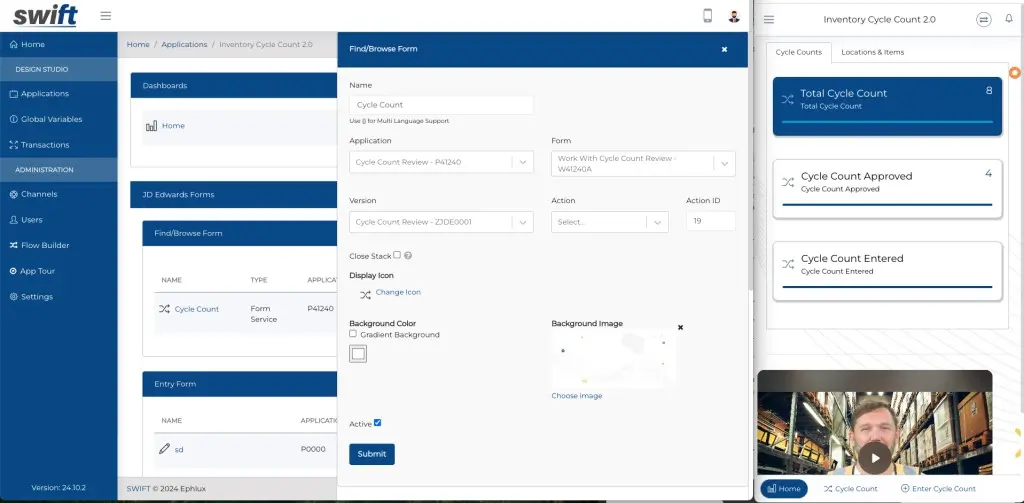
- AI-Powered Development: Accelerate app creation with intelligent features.
- Seamless Integrations: Integrate with your existing business systems and tools.
- Scalable & Flexible: Build applications that grow with your business.
- Customizable Solutions: Tailor your apps to your specific business needs.
- Intuitive & Easy-to-Use: Drag-and-drop interface makes development accessible to everyone.
- Cost-Effective: Flexible pricing that suits businesses of all sizes.
2. Creatio – Great for CRM & Workflow Automation
Creatio excels in CRM and workflow automation, providing affordable tools for small and medium-sized businesses. However, it may not scale well for larger enterprises and may not address the diverse needs of all organizations. While Creatio is great for CRM and process automation, it lacks the flexibility offered by Swift. Swift stands out with a broader toolkit, allowing users to build CRM solutions as well as complex, cross-functional applications, offering more versatility than Creatio.
Why Creatio?
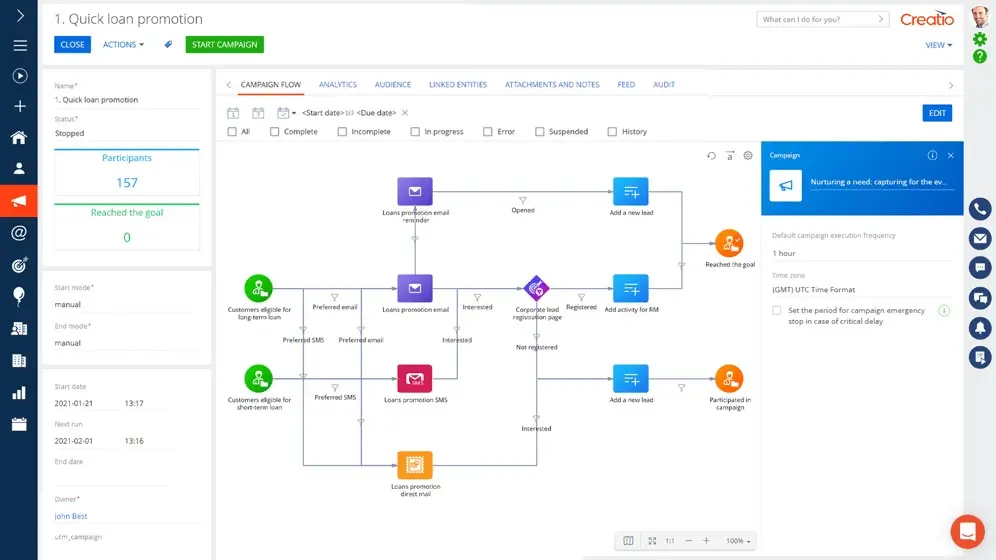
- Great for CRM and workflow automation needs.
- Affordable for small and medium-sized businesses.
- Offers process automation tools but lacks scalability for large enterprises.
3. Appian – Best for Business Process Management
Appian shines in business process management (BPM), making it perfect for companies with complex workflows and case management. However, its steep learning curve can be challenging for non-technical users, and it may feel more technical and less intuitive for those without development experience. While Appian is well-suited for large organizations with intricate BPM needs, Swift offers a more user-friendly interface, and enables both technical and business teams to collaborate effectively, making it easier for a broader range of users to navigate and use the platform.
Why Appian?
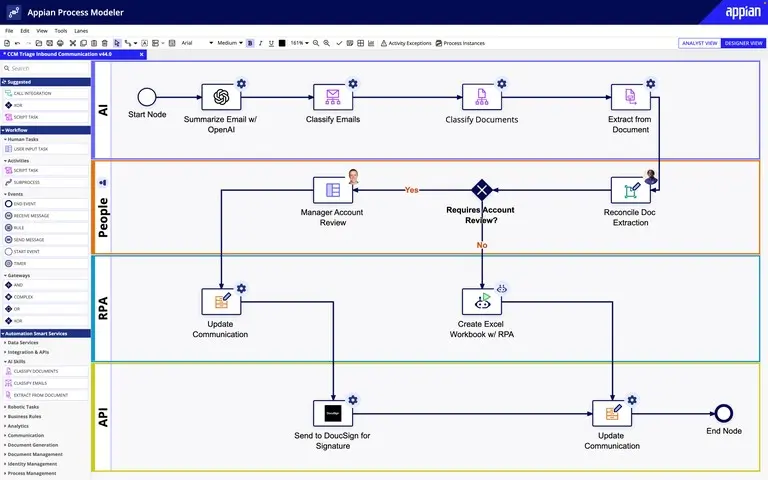
- Strong case management and process automation features.
- Great for large organizations with complex BPM needs.
- More technical and less intuitive for non-developers.
4. OutSystems – Powerful for Professional Developers
OutSystems is a robust platform designed for professional developers who want full control over their applications. It offers a large library of templates but can be overwhelming for non-technical users. With a higher starting price, it may not be the most accessible option for smaller teams. OutSystems is good for developers who require extensive custom coding capabilities. However, for businesses seeking a no-code solution that caters to both developers and non-developers, Swift provides a more user-friendly experience while still offering the customization and scalability needed for larger enterprises.
Why OutSystems?
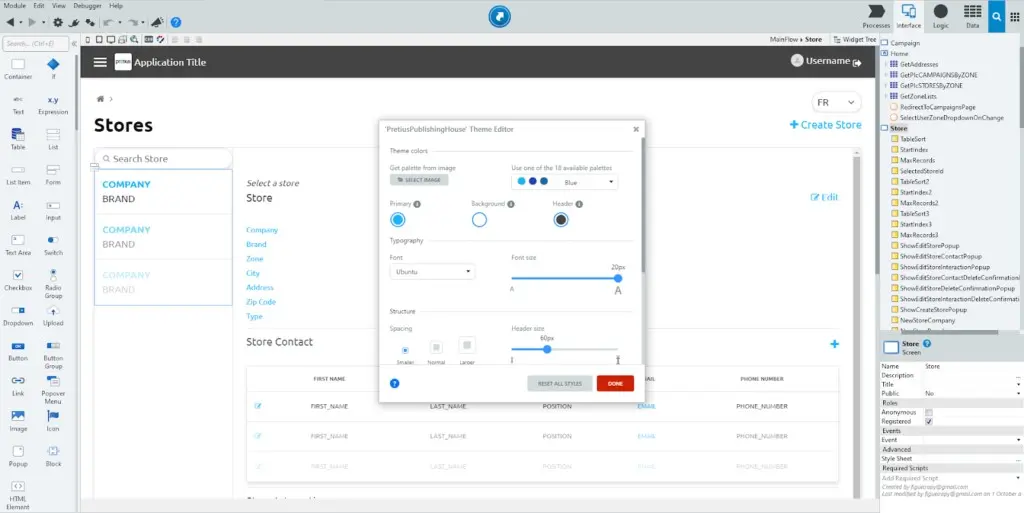
- Ideal for developers who need extensive custom coding capabilities.
- Offers a vast library of templates but may overwhelm non-technical users.
- Pricing starts high, making it less accessible for smaller teams.
5. Pega – Focused on Digital Process Automation
Pega is renowned for its strong digital process automation (DPA) capabilities, particularly in IT-focused workflows. It empowers businesses to design and adapt workflows, enhancing operational efficiency and responsiveness to market demands. However, while Pega excels in IT, Swift offers a broader range of business automation solutions. Swift supports various industries, automating both customer-facing and internal processes, making it a more versatile choice for organizations aiming to improve efficiency across all areas.
Why Pega?
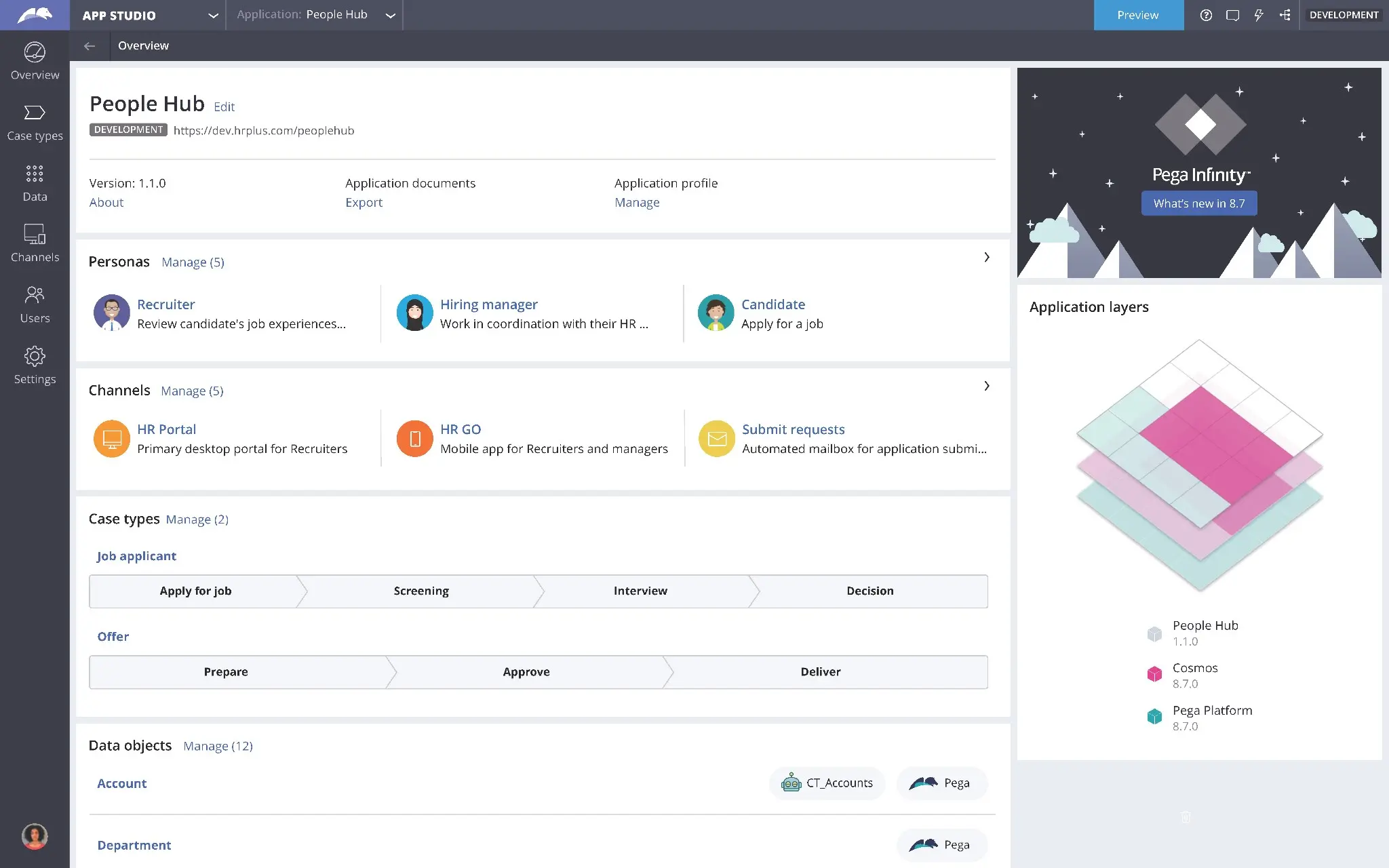
- Strong process automation and case management for enterprise IT.
- Excellent governance and security features.
- Complex and more suited for large-scale, IT-heavy projects.
6. Zoho Creator – Affordable Low-Code Development
Zoho Creator offers an affordable entry point into the low-code space, making it ideal for small businesses. However, it mainly caters to basic applications and workflows, lacking the advanced features and enterprise scalability needed for growth. While Zoho Creator is a solid choice for smaller organizations, Swift stands out as the better option for businesses that need a solution that can scale and meet the demands of growing enterprises, offering more flexibility, advanced features, and broader capabilities.
Why Zoho Creator?
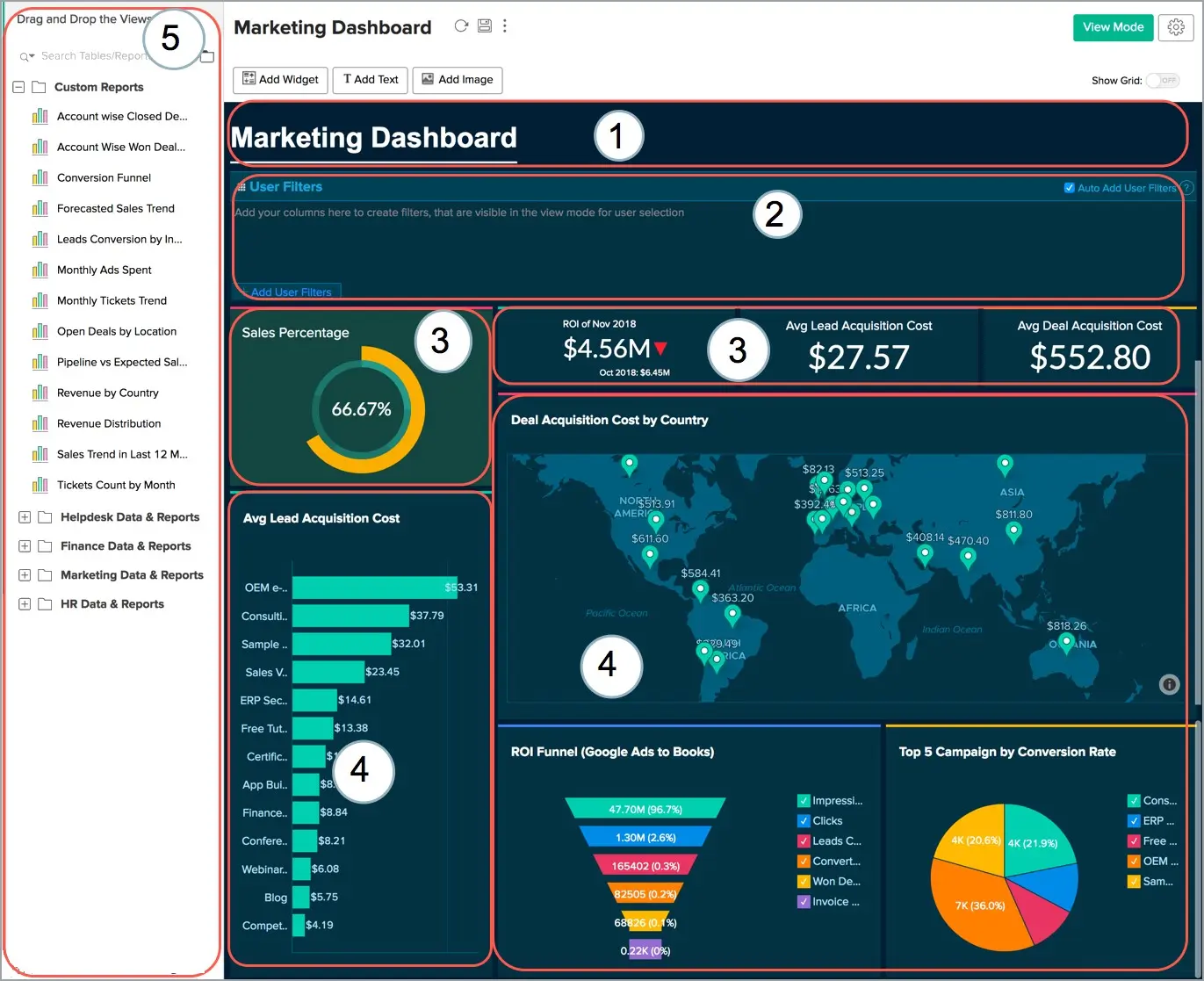
- Easy to use and cost-effective for small businesses.
- Limited enterprise-grade features and scalability.
- Best for basic applications and workflows.
7. Oracle APEX – Best for SQL-Driven Development
Oracle APEX excels in SQL-driven development, especially within the Oracle ecosystem, making it a solid choice for businesses heavily invested in Oracle databases. However, it has limited mobile-first features and can become complex when scaling for larger, more dynamic environments. Swift, on the other hand, provides a more flexible and user-friendly solution, with better mobile support, cross-platform scalability, and seamless integration across various systems. This makes Swift a more versatile choice for businesses seeking a solution that’s easier to scale and integrate while offering strong mobile-first capabilities.
Why Oracle APEX?
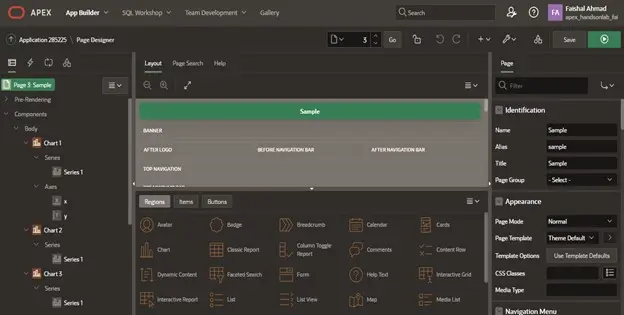
- Ideal for businesses that rely on Oracle databases.
- Limited mobile app development capabilities.
- More suited for SQL-based projects rather than comprehensive app building.
8. Microsoft Power Apps – Seamless Integration with Microsoft Tools
Power Apps is an excellent choice for organizations deeply integrated into the Microsoft ecosystem, offering seamless connections with Microsoft 365, Teams, Azure, and other Microsoft tools. It provides a rapid development environment that enables both developers and non-technical users to create custom apps linked to various data sources within the Microsoft ecosystem. However, Swift offers greater flexibility by allowing businesses to integrate with a broader range of tools and platforms beyond just Microsoft products. This makes Swift a more versatile option for companies that require integrations across different systems, not limited to Microsoft’s offerings.
Why Microsoft Power Apps?
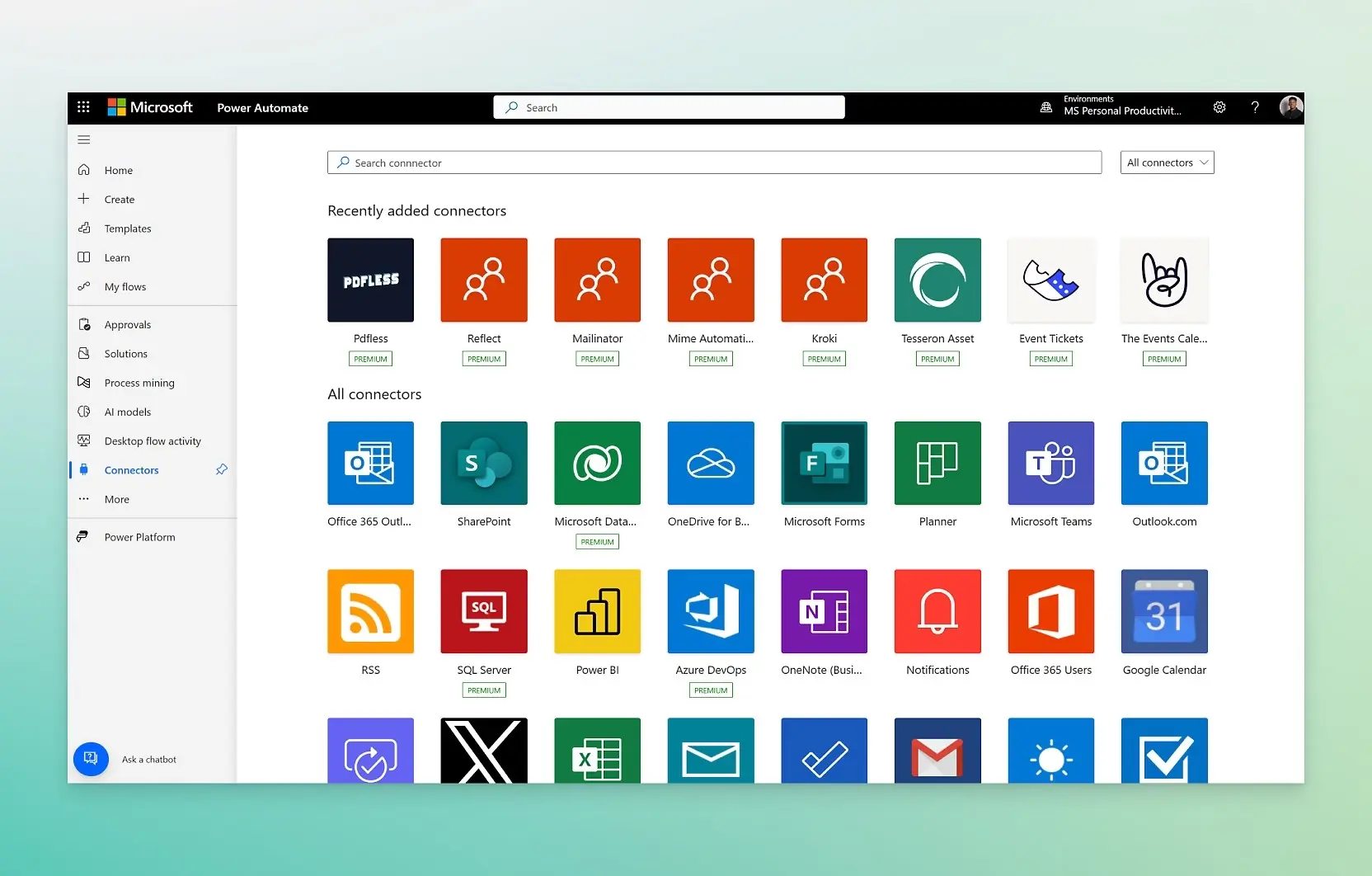
- Best for organizations heavily using Microsoft services.
- Strong integration with Microsoft tools like Office and Teams.
- Less versatile when it comes to integrating with non-Microsoft systems.
9. ServiceNow – Excellent for IT Service Management
ServiceNow is excellent for IT service management and process automation, making it a top choice for businesses focused on IT-related workflows. However, its emphasis on IT limits its appeal to other industries. While Swift offers a more versatile solution, enabling businesses to build applications across a wide range of functions, from HR to finance. With robust automation and integration capabilities, Swift supports diverse business needs, making it a better choice for organizations looking for an all-encompassing platform to enhance efficiency across various departments.
Why ServiceNow?
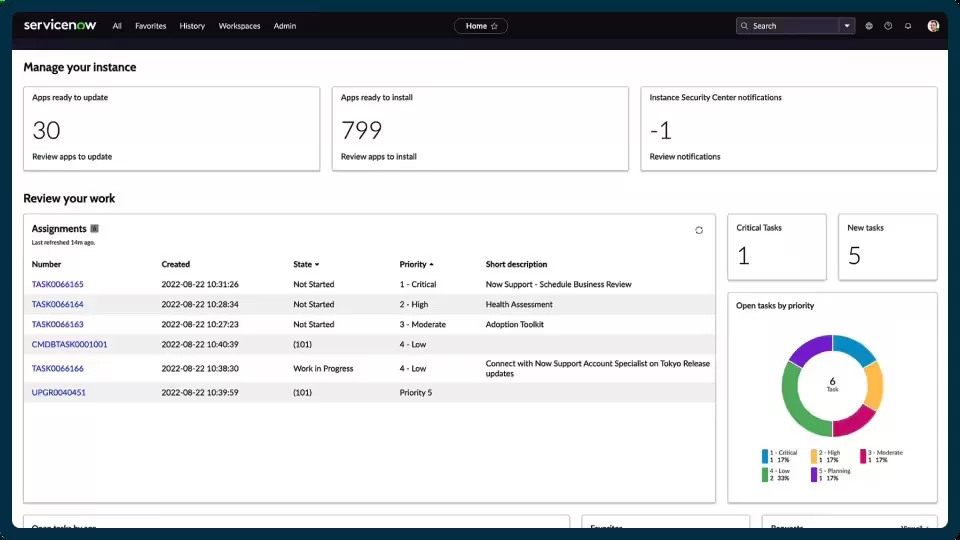
- Ideal for IT service management and enterprise service solutions.
- Expensive, with pricing typically geared toward larger enterprises.
- Narrow focus compared to the broader capabilities of Swift.
10. Salesforce Lightning – Best for CRM Solutions
Salesforce Lightning is a robust low-code platform tailored for CRM development, offering tools like Lightning App Builder and Einstein AI to design intuitive and responsive applications. It integrates seamlessly with other Salesforce products, making it ideal for businesses already using Salesforce. However, its primary focus on CRM limits its versatility for organizations seeking to develop a broader range of business applications. In contrast, Swift provides a more flexible and user-friendly solution, enabling users to build diverse applications beyond just CRM, catering to various business functions and industries. This broader functionality makes Swift a more unified choice for businesses looking to enhance efficiency across multiple departments.
Why Salesforce Lightning?
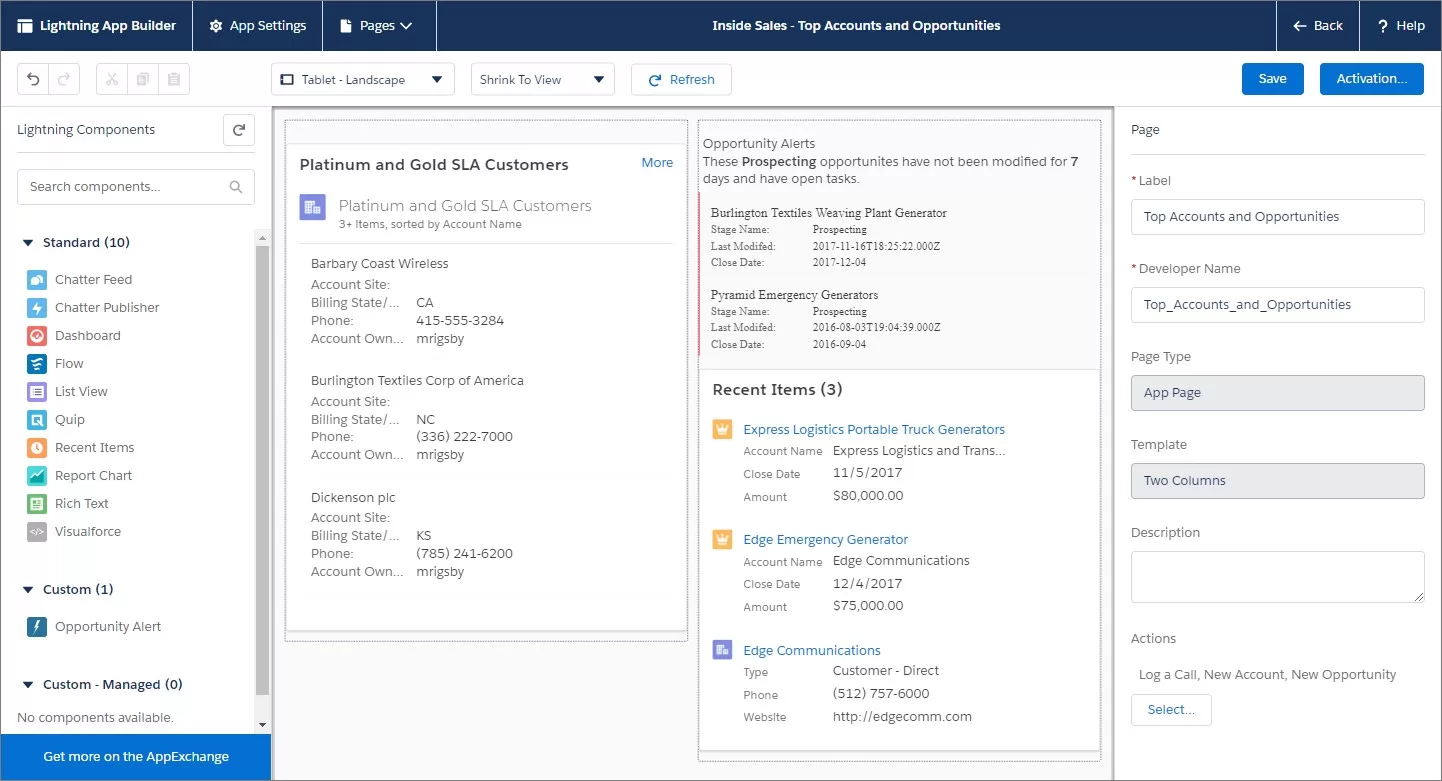
- Ideal for CRM-based development and sales-driven applications.
- Extensive integration with Salesforce’s cloud ecosystem.
- Limited to CRM use cases, unlike Swift’s more diverse feature set.
11. Unqork – Leading No-Code Platform for Regulated Industries
Unqork is a no-code platform tailored for highly regulated industries like finance and healthcare, offering robust features to meet their specific compliance and security requirements. While it excels in these sectors, its specialized focus may not fully address the diverse needs of businesses across other industries. In contrast, Swift provides a more flexible, user-friendly solution with greater scalability and ease of use, making it a better overall choice for most businesses seeking a versatile platform that can adapt to various industry requirements.
Why Unqork?

- Best for no-code development in regulated sectors.
- Limited scalability and flexibility compared to Swift.
- Lacks the enterprise-grade features found in Swift.
12. Kissflow – Simple Workflow Automation
Kissflow is a cloud-based low-code platform that streamlines business processes and monitors performance, making it ideal for automating basic workflows. It offers a visually appealing drag-and-drop interface, enabling users to create process requests, examine items requiring user interaction, and approve pending tasks. However, for more advanced use cases requiring custom app development and enterprise-level scalability, Swift offers a more robust solution that can handle everything from simple automation to complex enterprise applications.
Why Kissflow?
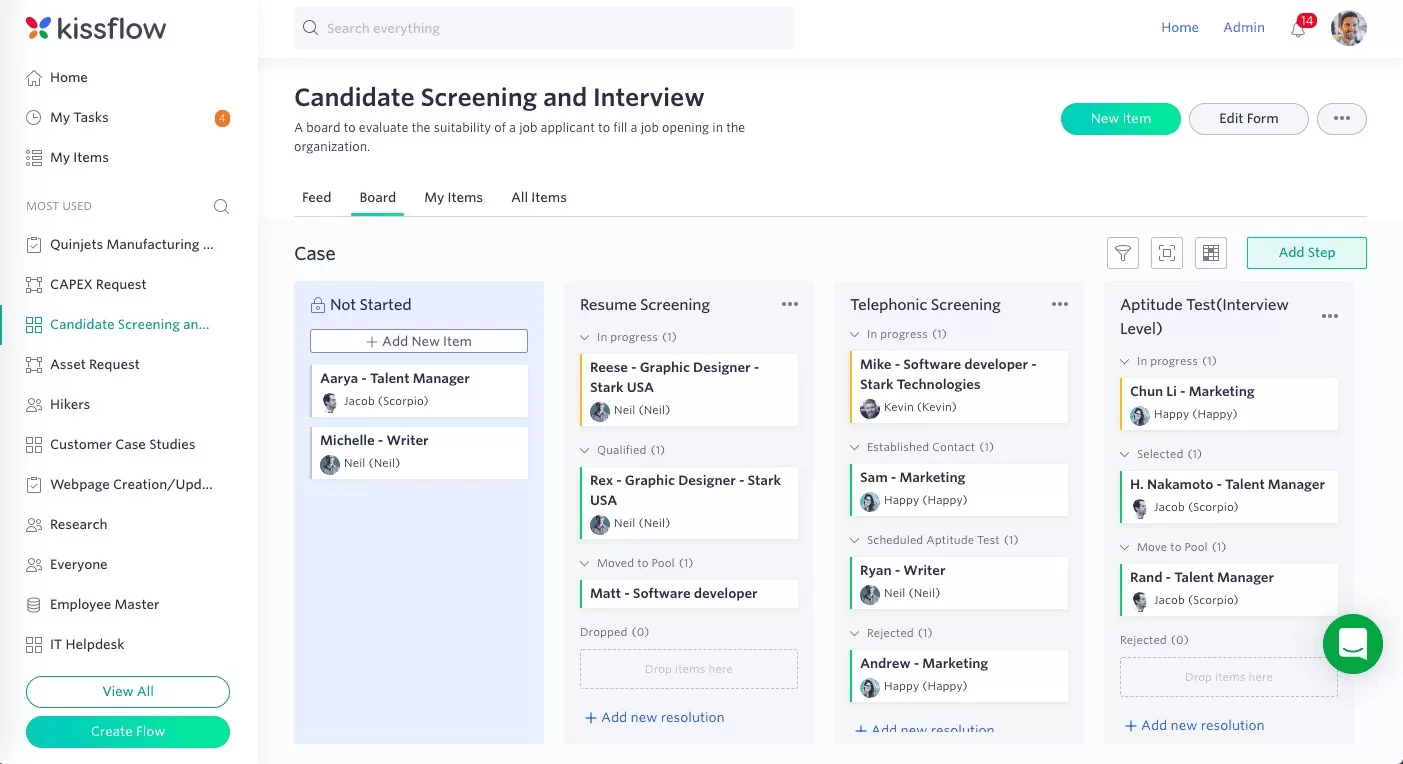
- Best for small businesses and basic workflow automation.
- Lacks the scalability and customization of Swift for larger projects.
- Great for entry-level users but limited for enterprise needs.
Why Swift is the Best Mendix Alternative in 2025
When it comes to choosing a Mendix alternative in 2025, Swift stands out as the top choice. Its AI-driven development tools, powerful integrations, and unparalleled flexibility make it the best option for businesses of all sizes looking to build, automate, and scale applications quickly and efficiently.
Swift combines the simplicity of no-code with the power of enterprise-grade features, offering a comprehensive solution that can grow with your business. Whether you’re a small startup or a large enterprise, Swift delivers everything you need to succeed in today’s fast-paced digital landscape.
Choose Swift for a Future-Proof Solution
With Swift, you get the best of both worlds: an intuitive, easy-to-use platform and the flexibility to handle complex, scalable projects. Move beyond the constraints of Mendix and step into a platform designed for the future of app development.

For JD Edwards Users

FAQ’s
Swift Flow acts as a complementary tool to JD Edwards Orchestrator, enabling businesses to integrate mobility and multi-cloud environments seamlessly. It extends Orchestrator’s process automation capabilities by enabling real-time data synchronization and providing mobile-first solutions.
Orchestrator automates internal business processes, while Swift enables businesses to create mobile apps and portals that interact with Orchestrator’s automated workflows. This integration ensures smooth, efficient data flow and allows employees to manage processes on-the-go.
Swift enhances JD Edwards mobility by enabling the rapid creation of mobile apps that integrate seamlessly with JD Edwards E1. These apps provide real-time data updates, streamline approvals, and empower remote workers with the ability to access critical business information from anywhere.



